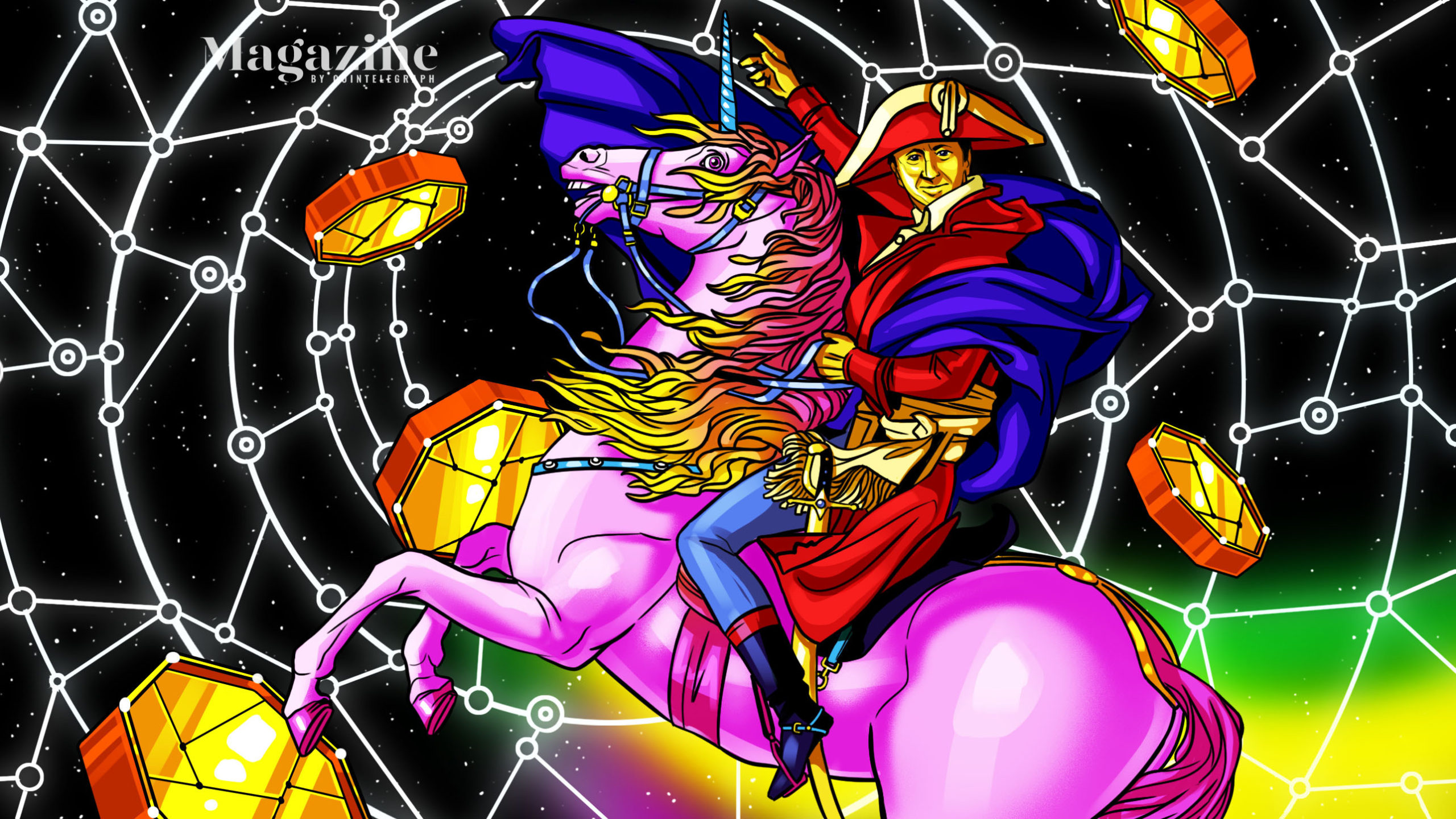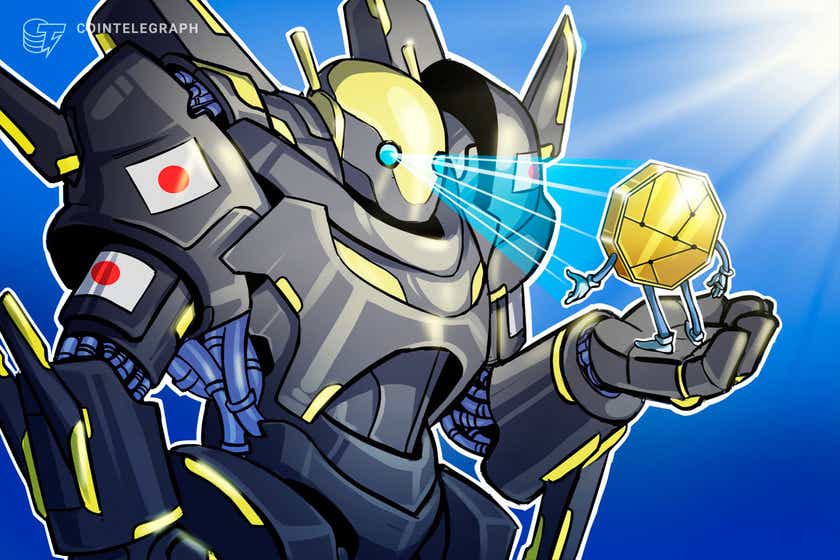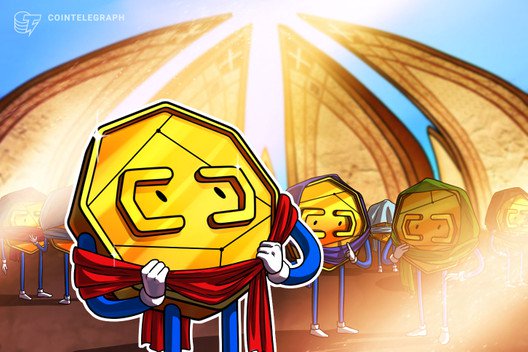Non-crypto natives launch social tokens to engage with community and fans
The COVID-19 pandemic, along with other recent events, have revealed the need for a fully digital economy, giving rise to Metaverse ecosystems, Web3 platforms and the adoption of digital currencies.
For example, the Ukrainian government recently reached out to the crypto community on Twitter asking for donations in Bitcoin (BTC), Ether (ETH) and Tether (USDT). Nonfungible tokens, or NFTs, have also gained mainstream adoption as artists and creators across the globe have discovered new forms of monetization with these models. While innovative, these use cases also demonstrate the notion that blockchain-based concepts that emerged early on often take years to resonate with mainstream society.
Social tokens in 2022
This also appears to be the case with social tokens o tokens that are issued by individuals and communities to create engagement. While social tokens were predicted to be the next big trend within the crypto sector in 2020, they seem to be taking off this year due to increased interest from non-crypto natives.
Jan Baeriswyl, token design specialist at Outlier Ventures — a venture capital firm supporting the development of new technologies — told Cointelegraph that social tokens are fungible, ERC-20 tokens that can be used for instances other than financial purposes. “For example, social tokens can be used to gain access to specific communities, like on Discord. By being less financially focused, social tokens are more accessible to the mainstream, which is why we are seeing increased interest,” Baeriswyl explained. He added that social tokens can take different forms for various purposes, noting that these digital tokens can be used by creators to engage with fans, or by communities to increase awareness for certain causes.
In addition, social tokens are also being leveraged to help creators and communities gain access to Web3 platforms that offer decentralized models and incentives for community participation. Andrew Berkowitz, chief executive officer at Socialstack — a social token issuance platform built on the Ethereum, Polygon and Celo — told Cointelegraph that Socialstack caters to non-crypto native communities to help issue social tokens that allow for the development of a Web3 ecosystem. “At Socialstack, we realize that 99% of the world are not crypto-natives. We believe that individuals need a platform where they can simply use an email login to take advantage of Web3 capabilities,” he said.
To put this in perspective, Berkowitz explained that Socialstack recently helped Project Zero — a non-profit organization focused on protecting the ocean from climate change — launch a social token to create an “ecosystem of value that benefits both the planet and participants.” Michele Clarke, founder and CEO of Project Zero, told Cointelegraph that their social token, PZero, enables community members to earn rewards by taking specific actions.

For instance, Clarke remarked that Project Zero’s pre-existing user base consists of about 1 million people. Users can now be rewarded with PZero by helping raise awareness for certain issues. “This can be further amplified by an ambassador with a massive following, a brand partner or collectible artist or news piece that causes a spike into the millions or even hundreds of millions, and we have had a few activations reach over a billion,” she said. Clarke also explained that a primary focus Project Zero aims to achieve with its social token is to convert members’ brief attention spans (often seen during a major crisis) into long-term participation with the organization.
Jake Beaumont-Nesbitt, founder and chief community experience officer at Project Zero, further told Cointelegraph that Project Zero was created eight years ago and was decentralized by design, as the project is made up of a science-based community located across the globe. Given this, Beaumont-Nesbitt explained that Project Zero naturally aligned with the Web3 ethos, as the organization has always existed without centralized platforms or third-party intermediaries. By adopting a Web3 model through the incorporation of social tokens, Beaumont-Nesbitt pointed out that Project Zero is now able to better engage with its community. He said:
“Web3 engagement allows an organization to scale up massively by creating value going back to the contributors. Giving back to certain causes today isn’t just about dropping money in a jar and hoping it helps. Web3 enables transparency, allowing people to understand where their money is going, while also participating in a greater way.”
In terms of incentives, Clarke noted that Project Zero community members will be able to use their social tokens to redeem a variety of digital and real world offerings. “For example, members could buy an NFT on our platform and then be rewarded even more with social tokens to redeem for different incentives,” she said.
While Project Zero represents what Baeriswyl would refer to as a “community” social tokens, other projects are geared toward individuals — especially as the “creator economy” continues to gain traction. For example, Calaxy is a token-based app for creators founded by NBA star Spencer Dinwiddie and ex-financier Solo Ceesay. While Calaxy is still in its beta version, Ceesay told Cointelegraph that the mobile app will essentially allow creators to build their own social fan-tokens within a Web3 ecosystem: “Calaxy app allows influencers to build social tokens with an easy interface, while also having a marketplace in the application to engage with fans.”
Ceesay added that Calaxy is powered by Hedera Hashgraph’s distributed ledger technology, which allows the application to act in a decentralized manner to let users engage in different ways using social tokens. Like Project Zero, Ceesay shared that Calaxy is focused on non-crypto natives. “We cater to YouTubers, gamers, social media influencers, sports players and more. Our creator list is expansive,” he remarked.

Given this, Ceesay explained that Calaxy offers an Instagram or Twitter like user experience, where individuals have a discover page that also allows them to follow different influencers. Users can then visit an influencer’s homepage to buy their social tokens, where they will also be presented with a list of experiences offered, such as one-on-one video calls or access to exclusive events. While creator social tokens may sound similar to NFTs, Ceesay noted that nonfungible tokens are more about utility and artistic expression, whereas social tokens offer greater flexibility:
“We envision a world where a sports player, for instance, has a social token that portrays their image. They can then hold that token for eventual decentralized finance capabilities. This is an entirely new economy where creators can do whatever they want with their tokens.”
Regulatory concerns around “social money”
Yet while social tokens may be gaining traction, it’s also important to point out the regulatory concerns. The biggest issue to consider here would be a social token in the form of a security.
To ensure that social tokens are not viewed as securities, Ceesay explained that tokens created on Calaxy are stable coins that are collateralized one-to-one with USDC. “These are stable coins due to the regulatory gray area, but this also helps with onboarding,” he said. For instance, Ceesay pointed out that a Calaxy user could be an eight-year-old boy who is a fan of a specific sports player. “We don’t want these users to have a volatile asset,” explained Ceesay.
Berkowitz further remarked that Socialstack is an entirely closed ecosystem to ensure regulatory compliance. Berkowitz added that while there are still no clear regulations around social tokens, certain steps can be taken to ensure compliance:
“The best way to mitigate the risk of a security is to do things through an NFT and then have a Know Your Customer layer that identifies each person as an accredited investor. This is the best way to mitigate risk, but as of now we are making sure communities on our platform are not getting into risky situations.”
To Berkowitz’s point, Clarke commented that Project Zero is “not a get rich quick scheme,” but rather a social movement. “We are building a community. Web3 is creating great opportunities for exchanging value, not only through currency and smart contract projects, but also social tokens,” she explained. Clarke added that Project Zero’s PZero social tokens have no monetary value:
“That was deliberate. As such, it was tricky figuring out the initial values for earning and redeeming PZero social tokens. Our tokenomics need to be simple, but we also need to develop them without reference to a single fiat currency and with a view to creating scale.”
Will social tokens underpin DAOs moving forward?
Although social tokens are being adopted more widely, use cases for these digital assets are still being developed. As such, the future of social tokens remains unclear. “There are different ways in which people can use these assets. The most exciting part is that we don’t know the best use cases yet,” said Ceesay.
Given this, some in the industry believe that social tokens will play a key role in decentralized autonomous organizations (DAOs), that typically leverage a token that can be spent to earn rewards. Stani Kulechov, founder and chief operating officer at Aave (AAVE) — an open-source DeFi protocol — told Cointelegraph that although social tokens are still extremely nascent, in the future the crypto sector may see creator social tokens underpinned by DAOs.
In addition, Baeriswyl expects to see combinations of NFTs and social tokens emerge. While this is just a hypothesis, he explained that the GameFi and play-to-earn spaces are already leveraging a combination of NFTs and forms of fungible tokens:
“With play-to-earn, you usually have NFT items and then a currency to exchange value. Therefore it may make sense to reward users with social tokens that are really NFTs.”
Predictions aside, it’s a safe bet to say that social tokens are here to stay since, for example, they are making it easier for creators and communities to launch these social tokens. “Social tokens may not have gained traction before due to complexities and not enough easy-to-use onboarding ramps. There are now apps and platforms that help with this,” said Ceesay.
Berkowitz further remarked that Socialstack is working with a number of different communities, which has resulted in 20 different use cases across podcasting, artists, festivals, conferences and more. “Our target audience is non-crypto native communities interested in bringing their community into Web3 through a social token. This will further advance as Web3 develops.”









